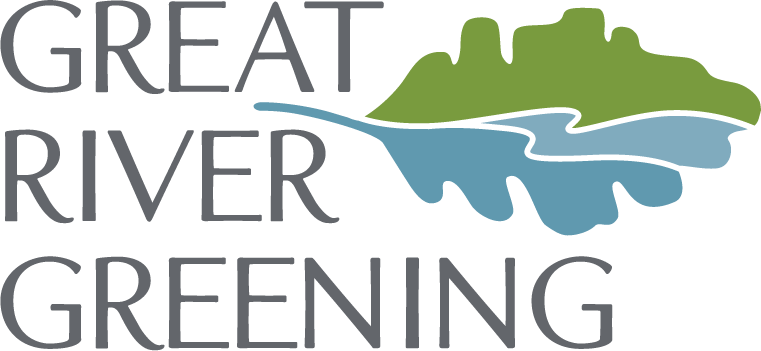January restoration events focus on connected natural lands in metro area
 Restoration volunteers and partners head east and west this month, to gather and burn buckthorn that was cut this past fall.Buckthorn contributes to erosion by shading out other plants that grow on the forest floor, and threatens the future of forests, wetlands, prairies, and other natural habitats. It is designated as a restricted noxious weed in Minnesota and is no longer legal to sell.At Freeman Park in Shorewood, buckthorn removal is helping to improve the quality of the natural area of the park. At Valley Park in Mendota Heights, work continues on restoring a large oak grove.Preserving connected open spacesFreeman Park is significant for the large floodplain forest that is hydrologically connected to Lake Minnetonka. It is also in proximity to several rare and endangered features. Greening's work at this site will help restore the natural area centerpiece to this otherwise highly developed recreational park.The hilly terrain and streams in Valley Park connect to the Mississippi River corridor. Greening has partnered with the City of Mendota Heights for a number of years to preserve the park's trees and attract oak savanna habitat to the Mississippi River flyway, by pulling buckthorn and garlic mustard, and planting aggressive native Penn sedge, wild rye, and several other species.Working strategically to protect natural lands in the metro area With nearly 30 miles between them, Freeman and Valley parks are connected as part of a network of ecologically significant lands in the Metro Conservation Corridors, stretching from the metro area's urban core to its rural perimeter, including portions of 16 counties.Funding for Freeman and Valley parks is provided by the Minnesota Environmental Trust Fund and cities of Shorewood and Mendota Heights.
Restoration volunteers and partners head east and west this month, to gather and burn buckthorn that was cut this past fall.Buckthorn contributes to erosion by shading out other plants that grow on the forest floor, and threatens the future of forests, wetlands, prairies, and other natural habitats. It is designated as a restricted noxious weed in Minnesota and is no longer legal to sell.At Freeman Park in Shorewood, buckthorn removal is helping to improve the quality of the natural area of the park. At Valley Park in Mendota Heights, work continues on restoring a large oak grove.Preserving connected open spacesFreeman Park is significant for the large floodplain forest that is hydrologically connected to Lake Minnetonka. It is also in proximity to several rare and endangered features. Greening's work at this site will help restore the natural area centerpiece to this otherwise highly developed recreational park.The hilly terrain and streams in Valley Park connect to the Mississippi River corridor. Greening has partnered with the City of Mendota Heights for a number of years to preserve the park's trees and attract oak savanna habitat to the Mississippi River flyway, by pulling buckthorn and garlic mustard, and planting aggressive native Penn sedge, wild rye, and several other species.Working strategically to protect natural lands in the metro area With nearly 30 miles between them, Freeman and Valley parks are connected as part of a network of ecologically significant lands in the Metro Conservation Corridors, stretching from the metro area's urban core to its rural perimeter, including portions of 16 counties.Funding for Freeman and Valley parks is provided by the Minnesota Environmental Trust Fund and cities of Shorewood and Mendota Heights.
